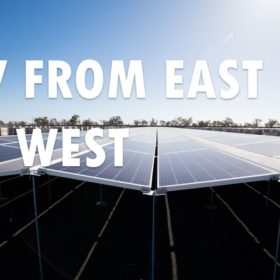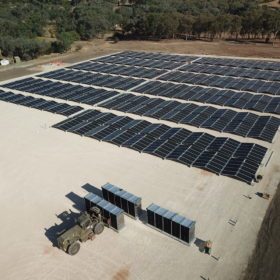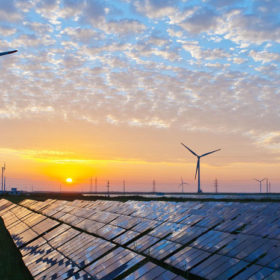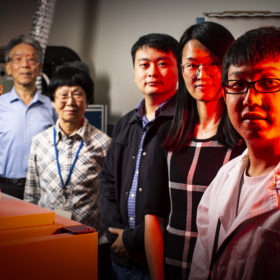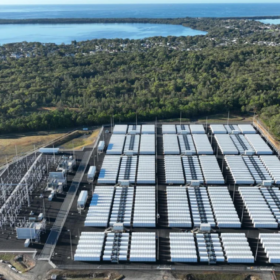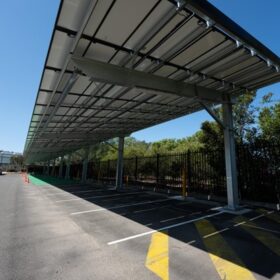Part 5: WA experiences rooftop disruption beyond the NEM, ACT shines
In late September, Western Australia’s government-owned electric utility registered an approximate AUD 657 million ($442.8 million) loss – much of it attributed to asset and contract writedowns. However, the utility was quick to blame rooftop PV for eating into its revenues, while fixed costs remained unchanged or increased. Revenues for the utility were down 4.7% for the year, to AUD 2.8 billion.
EY calls on COAG Council for major capital injection into AEMO
Ernst & Young Australia (EY) are calling for a significant capital injection into the Australian Energy Market Operator (AEMO) at this week’s COAG Energy Council meeting. EY wants to expand AEMO’s powers toward fixing the nation’s embattled energy grid.
Part 4: NSW between a lump of coal and a hard place
There’s no shortage of action in the New South Wales renewable-energy scene, with some 19.4 GW of large-scale renewable energy projects approved or progressing through the planning system, and around 2.5 GW of grid-scale solar under construction. Plus there’s 2 GW of generation and 175 hours of storage planned for the pumped-hydro project known as Snowy 2.0 – and that’s just what’s happening at the big end of town.
Tasmania wants to lead the way with green hydrogen
New Analysis from Hydro Tasmania shows the island state to be in a unique position to lead the nation in the production of green hydrogen from renewable sources.
Enphase integrates with GreenSync’s decentralized energy exchange
The California-based energy technology company has integrated with GreenSync’s Decentralized Energy Exchange (deX), making it possible for its customers to get more value out of their distributed energy assets and help the grid manage the challenges associated with the rapid penetration of intermittent renewables.
Australian billionaires invest in 10 GW Northern Territory solar farm
Two of Australia’s richest people, Mike Cannon-Brookes and Andrew “Twiggy” Forrest, have jointly invested “tens of millions of dollars” in the ambitious Sun Cable projects, which would export solar energy from the Outback to power Singapore. The capital raising will enable developers Sun Cable to pay for development work for the undersea power link.
Part 3: Big solar deployment outshines Queensland coal story
In late 2016, Queensland’s Labor Government revealed a plan for 50% of the State’s electricity to be renewably sourced by 2030, and the state has made significant steps toward that goal.
Pivotal role of corporate power purchase agreements in Australia’s energy transition
Over the last two years, corporate renewable power purchase agreements have become a major force in Australia’s large-scale renewable energy market. In hard figures, 70 leading Australian organizations have made the switch to renewable energy and procured nearly 2.3 GW of mostly solar and wind electricity and supported 5.2 GW of projects, finds the Business Renewables Centre of Australia.
Australian researchers achieve breakthrough for sodium-sulfur batteries
Researchers from the University of Wollongong have manufactured a nanomaterial that acts as a superior cathode for room-temperature sodium-sulfur batteries, making them a more attractive proposition for large-scale energy storage.
Part 2 – South Australia: The nation’s renewable energy superstar
From an energy-hungry importer to a frontrunner in the decarbonization race, South Australia has set the bar high for how to efficiently transition to a low-emissions grid dominated by renewables. With wind and solar already supplying more than a half of its electricity, the state’s energy transition shows no sign of letting up. In fact, South Australia is gearing up to accelerate the pace of its clean energy transition and expand its big PV fleet as it moves toward its 2030 target of “net” 100% renewables.
